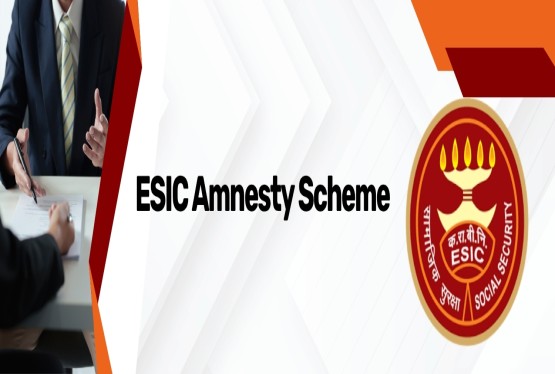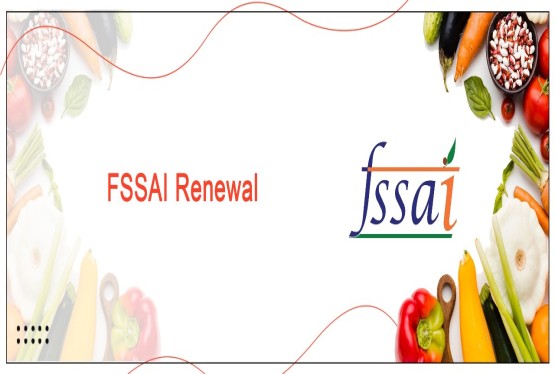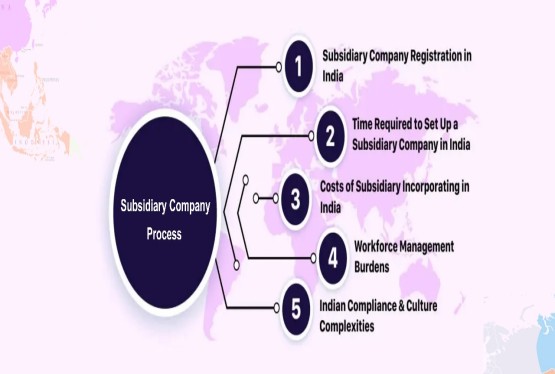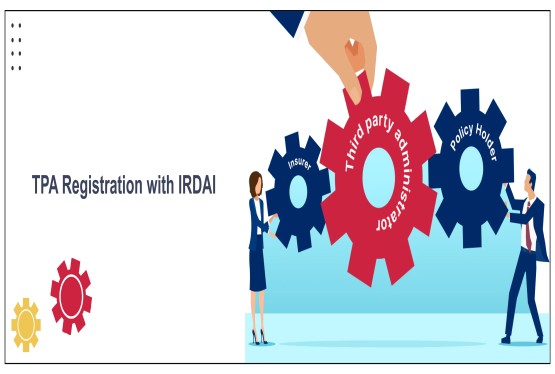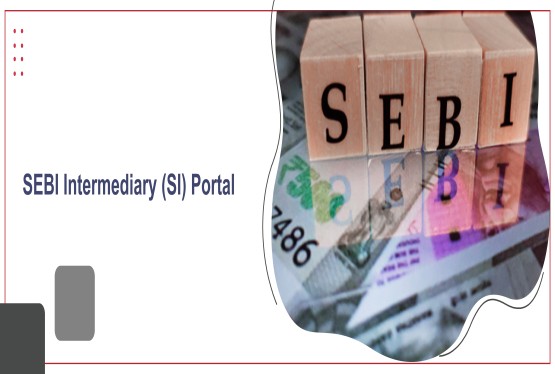The concept of Extended Producer Responsibility (EPR) is pivotal in the management of plastic waste, emphasizing the accountability of producers for the environmentally sound disposal of their products. With the Ministry of Environment, Forest and Climate Change (MoEF&CC) issuing EPR Guidelines through the Fourth Amendment to the Plastic Waste Management Rules, 2016, on February 16, 2022, important for Producers, Importers, and Brand Owners (PIBOs) to understand the registration and compliance process.
What is EPR?
EPR entails the responsibility of a producer for the environmentally sound management of the product until the end of its life. This means producers must ensure their products, especially those with plastic packaging, are disposed of or recycled in an environmentally friendly manner.
Entities Required to Register
Entities required to register on the centralized portal developed by the Central Pollution Control Board (CPCB) include:
-
Producers (P)
-
Importers (I)
-
Brand Owners (BO)
-
Plastic Waste Processors are engaged in recycling, waste to energy, waste to oil, and industrial composting.
Categories of plastic packaging under EP
Category I
Rigid package plastic

Category II
Flexible plastic packaging of single layer or multilayer (more than one layer with different types of plastic)

Category III
Multi-layered plastic packaging (at least one layer of plastic and at least one layer of material other than plastic)

Category IV
Plastic sheets or like used for packaging as well as carry bags made of compostable plastics

Source: EPR Plastic
Registration Guidelines:
1. Assistance for Registration:
-
AI Chatbot on the login and sign-up page
-
Helpline number: 011-43102469
-
Standard Operating Procedure and instruction sheet available on the website
2. Types of Registration:
-
SPCB/PCC Registration: For PIBOs operational in one or two states/UTs.
-
CPCB Registration: For PIBOs operational in more than two states/UTs, excluding micro and small enterprises as per the Ministry of Micro, Small, and Medium Enterprises.
3.Required Documents for KYC:
-
PDF copy of the company’s PAN, CIN, and GST
-
PDF copy of the authorized person’s PAN and Aadhar
4. Plastic Packaging Categories:
-
Category I: Rigid plastic packaging
-
Category II: Flexible plastic packaging, plastic sheets, carry bags, plastic sachets, or pouches
-
Category III: Multilayered plastic packaging
-
Category IV: Plastic sheets or carry bags made of compostable plastics
5. Pre-consumer vs. Post-consumer Waste:
-
Pre-consumer: Waste generated during manufacturing and packaging stages before reaching consumers.
-
Post-consumer: Waste generated by consumers after the intended use of packaging.
EPR Targets and Compliance
PIBOs must meet specific EPR targets based on the plastic waste introduced into the market. All producers must submit consents issued to their production facilities, and brand owners with their production facilities must do the same.
Legal Fees Structure:
-
Application Fees for PIBOs:
-
< 1000 TPA: Rs. 10,000
-
1000-10000 TPA: Rs. 20,000
-
10000 TPA: Rs. 50,000
-
Application Fees for PWPs:
-
< 200 TPA: Rs. 5,000
-
200-2000 TPA: Rs. 20,000
-
2000 TPA: Rs. 50,000
-
Renewal Fees: Same as registration fees
-
Annual Processing Fees: 25% of application fees
Additional Guidelines:
-
In-house Recycling: PIBOs with in-house recycling units must register as both PIBO and Recycler.
-
Multi-category Registration: Different email IDs are required for each category, but company KYC documents remain the same.
-
Proportion of Plastic in MSW: Average plastic waste generation is around 6.92% of Municipal Solid Waste (MSW).
Application Rejection and Liabilities
-
Rejected applications require a fresh application and fee repayment.
-
If brand owners are not registered, producers/importers must register and adjust EPR targets in the annual report.
-
Entities acting as both brand owners and importers must first register as brand owners, followed by importers, detailing imported plastics.
Exemptions:
-
Export-oriented units are exempt from EPR obligations.
-
Micro and small brand owners are exempt from fulfilling EPR obligations, though registration on the EPR portal is still required.
Understanding these guidelines and following the registration process ensures compliance with national regulations and contributes to sustainable waste management practices.
Frequently Asked Questions on EPR Certificate
Q1. What is an EPR Certificate?
Ans. An EPR (Extended Producer Responsibility) certificate is an official document that verifies a company's implementation of sustainable practices in line with EPR principles. It indicates that the company is committed to minimizing the environmental impact of its products throughout their lifecycle, from production to disposal.
Q2. Why is the EPR Certificate important?
Ans. The EPR certificate is crucial because it serves as tangible evidence of a company's dedication to environmental stewardship. It helps demonstrate to stakeholders, including consumers, regulatory bodies, and business partners, that the company actively engages in sustainable practices.
Q3. How does an EPR Certificate demonstrate a company's commitment to sustainability?
Ans. By obtaining an EPR certificate, a company shows that it is taking responsibility for the environmental impact of its products. This includes reducing waste, promoting recycling, and ensuring proper disposal, which highlights the company's proactive approach to sustainability.
Q4. What are the key benefits of obtaining an EPR Certificate?
Ans. The main benefits include:
-
Enhanced Reputation: Showcasing a commitment to environmental stewardship boosts the company's public image.
-
Market Opportunities: Access to new markets and business opportunities, as government agencies, retailers, and consumers often prefer products with EPR certification.
-
Regulatory Compliance: Helps ensure compliance with environmental regulations, reducing the risk of fines or penalties.
-
Competitive Advantage: Differentiates the company from competitors by highlighting its sustainability efforts.
Q5. How does an EPR Certificate enhance a company's reputation?
Ans. An EPR certificate demonstrates that a company prioritizes sustainability, which can attract environmentally conscious consumers and business partners. It also signals to stakeholders that the company is responsible and forward-thinking, improving its overall reputation.
Q6. Can an EPR Certificate help in complying with environmental regulations?
Ans. Yes, obtaining an EPR certificate ensures that a company adheres to national and international environmental regulations, thereby avoiding potential fines and penalties for non-compliance.
Q7. What is the process of obtaining an EPR Certificate?
Ans. The process involves several steps:
-
Lifecycle Impact Assessment: Assess the environmental impact of the product's lifecycle, identifying areas for improvement.
-
Implementation of Measures: Implement measures to reduce the environmental footprint, such as recycling, recovery, and proper disposal systems.
-
Engagement with Certification Body: Engage with an accredited EPR certification body to undergo an assessment and audit.
-
Assessment and Audit: The certification body evaluates the company's practices and systems.
-
Certification: Upon meeting the requirements, the company is awarded the EPR certificate.
Q8. What does the lifecycle impact assessment involve?
Ans. The lifecycle impact assessment involves evaluating the environmental impact of a product from production to disposal. This includes examining raw material sourcing, manufacturing processes, packaging, distribution, use, and end-of-life disposal.
Q9. What kind of measures should a company implement to reduce its environmental footprint?
Ans. Measures can include using eco-friendly materials, optimizing manufacturing processes to reduce waste, implementing recycling programs, ensuring proper disposal of products, and educating consumers on sustainable practices.
Q10. Who conducts the assessment and audit for EPR Certification?
Ans. An accredited EPR certification body conducts the assessment and audit. These organizations are recognized for their expertise in evaluating a company’s adherence to EPR principles and sustainability practices.
Q11. What happens after the assessment and audit?
Ans. If the company successfully meets the EPR requirements, it receives the EPR certificate, which confirms its compliance with sustainable practices and commitment to reducing environmental impact.
Q12. What is the validity period of an EPR certificate?
Ans. The validity period of an EPR certificate can vary depending on the certification body and the industry. Typically, EPR certificates are valid for a certain number of years, after which companies need to undergo a recertification process to ensure continued compliance with EPR standards.
Q13. Are EPR certificates recognized globally?
Ans. While EPR certificates are recognized internationally, specific regulations and standards may vary between countries. Businesses need to ensure compliance with local regulations and seek certification from recognized EPR certification bodies to ensure global recognition.
Q14. Can small businesses obtain an EPR certificate?
Ans. Yes, small businesses can obtain an EPR certificate. Although the implementation process may pose some challenges, resources, and support are available to assist small businesses in adopting sustainable practices and obtaining EPR certification.
Q15. How can consumers identify products with EPR certification?
Ans. Consumers can identify products with EPR certification by looking for specific logos or labels on the product packaging. Companies often mention their EPR certification on their websites or promotional materials to highlight their commitment to sustainability.
Q16. Is an EPR certificate mandatory for all industries?
Ans. The mandatory requirement of an EPR certificate varies by country and industry. Some countries have specific regulations making EPR certification mandatory for certain industries, while others may have voluntary certification programs. Businesses need to understand the regulatory landscape and the expectations of their target markets.
Q17. What are the costs associated with obtaining an EPR certificate?
Ans. The costs associated with obtaining an EPR certificate can vary depending on the size of the company, the complexity of its operations, and the certification body. Costs may include fees for the initial assessment, implementation of sustainable practices, and ongoing compliance monitoring.
Q18. What role do governments play in EPR certification?
Ans. Governments play a crucial role in EPR certification by establishing regulations, setting standards, and providing guidelines for EPR compliance. They may also offer incentives, support programs, and resources to help businesses achieve EPR certification.
Q19. What happens if a company fails to maintain EPR compliance after certification?
Ans. If a company fails to maintain EPR compliance after certification, it may lose its EPR certificate. This could lead to penalties, fines, and damage to the company’s reputation. Regular audits and assessments are necessary to ensure ongoing compliance with EPR standards.
Q20. How can a company prepare for the EPR certification process?
Ans. To prepare for the EPR certification process, a company should:
-
Conduct a thorough life cycle assessment of its products.
-
Identify areas for improvement in waste management and recycling.
-
Implement sustainable practices and systems for proper disposal.
-
Engage with an accredited EPR certification body for guidance and assessment.
Q21. Can EPR certificates be revoked?
Ans. Yes, EPR certificates can be revoked if a company is found to be non-compliant with EPR standards. Certification bodies may conduct regular audits and assessments to ensure continuous adherence to the required practices. Non-compliance may result in revocation of the certificate and possible legal consequences.
Q22. What industries are most affected by EPR regulations?
Ans. Industries most affected by EPR regulations typically include those producing high volumes of plastic packaging, electronics, automotive parts, and textiles. These industries are often targeted due to their significant environmental impact and waste generation.
Q23. How does EPR certification benefit the environment?
Ans. EPR certification benefits the environment by ensuring that companies take responsibility for the entire lifecycle of their products. This includes reducing waste, promoting recycling, and ensuring proper disposal, thereby minimizing the environmental footprint and contributing to sustainability efforts.
Q24. What challenges do companies face in obtaining EPR certification?
Ans. Companies may face challenges such as:
-
High implementation costs.
-
Complexity in modifying existing processes.
-
Ensuring continuous compliance with evolving regulations.
-
Navigating different international standards and requirements.
Q25. Are there specific EPR certification bodies that companies should consider?
Ans. Yes, companies should consider engaging with recognized and accredited EPR certification bodies that have expertise in their specific industry. These bodies provide the necessary guidance and support to ensure successful EPR certification.
Q26. How does EPR certification impact a company’s supply chain?
Ans. EPR certification can positively impact a company’s supply chain by encouraging suppliers to adopt sustainable practices, reducing overall environmental impact, and promoting a culture of sustainability throughout the supply chain.












_crop10_thumb.jpg)





_crop10_thumb.jpg)




























-Form_crop10_thumb.jpg)

_crop10_thumb.jpg)






















_learn_crop10_thumb.jpeg)
































_crop10_thumb.jpg)

_crop10_thumb.jpg)





















_crop10_thumb.jpg)















_for_Foreign_Directors_learn_crop10_thumb.jpeg)




_Act,_2015_learn_crop10_thumb.jpg)



































_learn_crop10_thumb.jpg)








